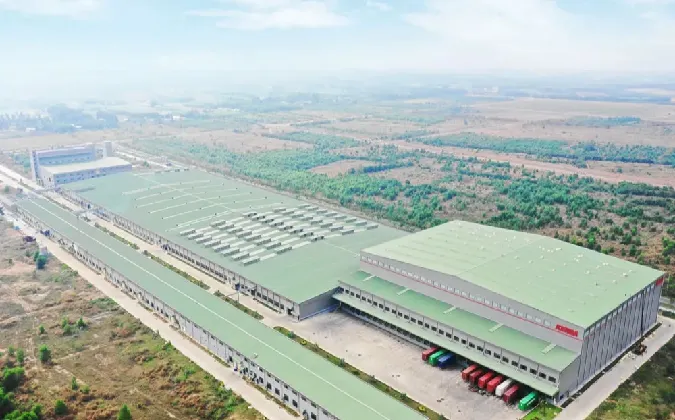- Afrikaans
- Albanian
- Amharic
- Arabic
- Armenian
- Azerbaijani
- Basque
- Belarusian
- Bengali
- Bosnian
- Bulgarian
- Catalan
- Cebuano
- Corsican
- Croatian
- Czech
- Danish
- Dutch
- English
- Esperanto
- Estonian
- Finnish
- French
- Frisian
- Galician
- Georgian
- German
- Greek
- Gujarati
- Haitian Creole
- hausa
- hawaiian
- Hebrew
- Hindi
- Miao
- Hungarian
- Icelandic
- igbo
- Indonesian
- irish
- Italian
- Japanese
- Javanese
- Kannada
- kazakh
- Khmer
- Rwandese
- Korean
- Kurdish
- Kyrgyz
- Lao
- Latin
- Latvian
- Lithuanian
- Luxembourgish
- Macedonian
- Malgashi
- Malay
- Malayalam
- Maltese
- Maori
- Marathi
- Mongolian
- Myanmar
- Nepali
- Norwegian
- Norwegian
- Occitan
- Pashto
- Persian
- Polish
- Portuguese
- Punjabi
- Romanian
- Russian
- Samoan
- Scottish Gaelic
- Serbian
- Sesotho
- Shona
- Sindhi
- Sinhala
- Slovak
- Slovenian
- Somali
- Spanish
- Sundanese
- Swahili
- Swedish
- Tagalog
- Tajik
- Tamil
- Tatar
- Telugu
- Thai
- Turkish
- Turkmen
- Ukrainian
- Urdu
- Uighur
- Uzbek
- Vietnamese
- Welsh
- Bantu
- Yiddish
- Yoruba
- Zulu
12月 . 26, 2024 19:17 Back to list
Foundations for Steel Frame Buildings
Steel frame buildings have become increasingly popular in modern construction, thanks to their strength, flexibility, and speed of erection. However, one of the most critical components in the design and construction of these structures is the foundation. The foundation not only supports the weight of the building but also ensures stability against various environmental forces. This article explores the different types of foundations suitable for steel frame buildings, important design considerations, and best practices.
Types of Foundations
1. Shallow Foundations Shallow foundations are typically used when the soil has adequate bearing capacity close to the surface. This type includes footing systems like spread footings, mat foundations, and slab-on-grade. They are relatively less expensive and quicker to install but are suitable for smaller structures or when soil conditions permit.
- Spread Footings These foundations distribute the load of the steel frame structure over a broader area. They are ideal for low-to-medium-rise buildings and are commonly used where soil bearing capacity is moderate. - Mat Foundations Also known as raft foundations, mat foundations are used when heavier loads or poor soil conditions exist. A mat foundation encompasses the entire footprint of the building, distributing the loads effectively across a larger area. - Slab-on-Grade This foundation type involves a thick concrete slab directly poured on the ground. It is often used for one-story structures but must accommodate the necessary insulation and moisture control measures.
2. Deep Foundations When soil near the surface does not have adequate strength, deep foundations are required. These foundations transfer the building loads to deeper, more stable soil layers or bedrock. The two main types of deep foundations are piles and drilled shafts.
- Piles Pile foundations involve driving long columns made of concrete or steel deep into the ground. They are ideal for structures that require a high level of load-bearing capacity, especially in areas with heavy loads or poor soil conditions.
- Drilled Shafts This method entails drilling large holes and filling them with concrete, which is ideal for handling significant vertical and lateral loads. They provide a strong, stable base and are particularly favorable in areas with challenging soil conditions.
Design Considerations
foundations for steel frame buildings

Several factors influence the design and selection of foundations for steel frame buildings
1. Soil Analysis It is essential to conduct a thorough geotechnical investigation of the site. The bearing capacity, soil type, groundwater level, and other characteristics must be evaluated to determine the most suitable foundation type.
2. Load Calculations The foundation must be designed to support not only the dead loads (weight of the structure itself) but also live loads (occupants and furniture) and environmental loads (wind, seismic activity, etc.). Understanding these load factors is crucial for ensuring safety and stability.
3. Environmental Factors The site’s environmental conditions, including seismic risks, flooding, and soil erosion, play a significant role in foundation design. Adequate drainage measures and potential reinforcement strategies must be considered to mitigate risks.
Best Practices
1. Early Engineering Involvement Involving structural engineers early in the project helps identify potential foundation issues, resulting in design solutions that prevent costly adjustments later.
2. Quality Material Selection Using high-quality materials that meet industry standards is critical to the longevity and stability of the foundation.
3. Regular Inspections Throughout the construction process, regular inspections should be conducted to ensure compliance with design specifications and identify any potential issues.
In conclusion, the foundation is a pivotal element in the construction of steel frame buildings, ensuring their stability and longevity. With careful planning, proper soil analysis, and adherence to best practices, the foundations can effectively support these robust structures, paving the way for safe and durable buildings that meet modern architectural needs.
-
Cold Formed Steel Residential Framing
NewsMay.21,2025
-
Innovative Steel Structure Building Solutions
NewsMay.19,2025
-
Innovative Prefab Metal Shed Solutions
NewsMay.19,2025
-
Durable Steel Horse Shelter Solutions
NewsMay.19,2025
-
Durable Metal Shed Solutions
NewsMay.19,2025
-
Durable Big Metal Shed Solutions
NewsMay.19,2025
Products categories
Our Latest News
We have a professional design team and an excellent production and construction team.












